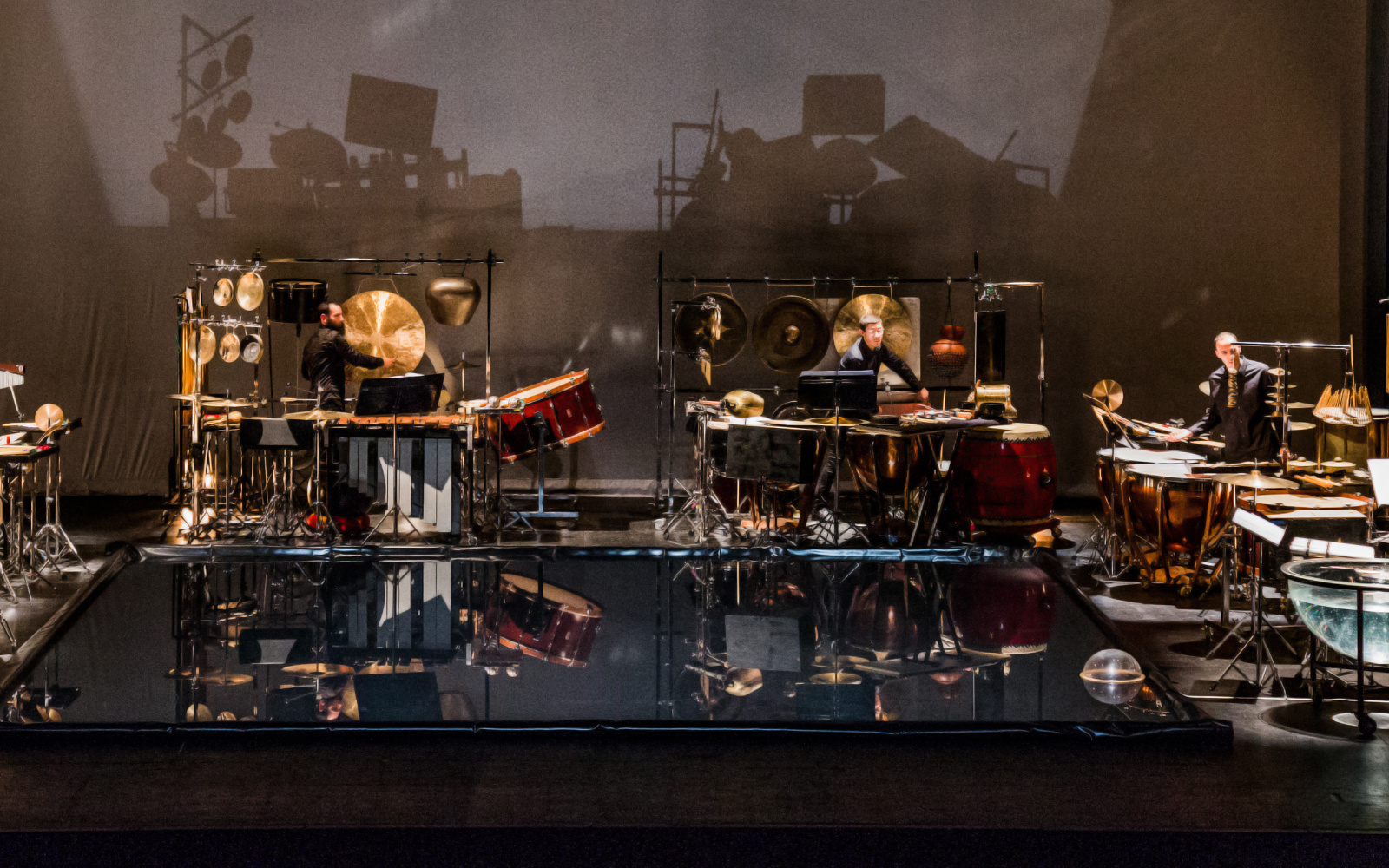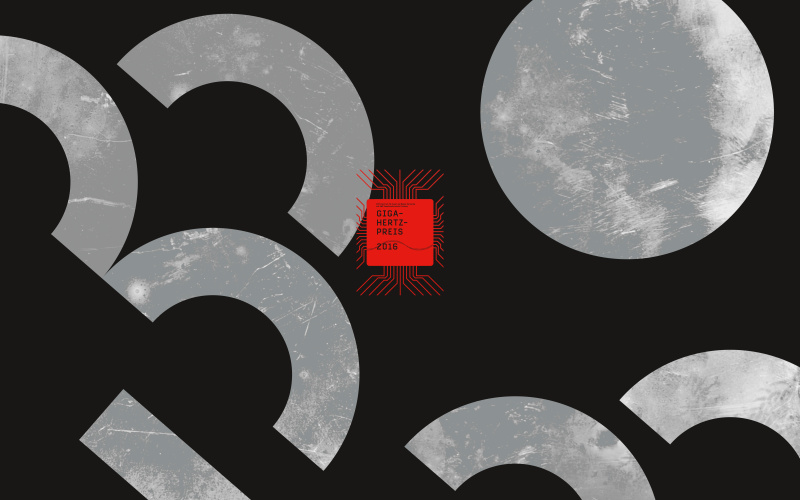- Event
- Concert
Giga-Hertz Award: Concert by the SWR Experimentalstudio
With soloists of the Ensemble Experimentals and the Ensemble Les Percussions de Strasbourg. Conductor: Detlef Heusinger
Fri, November 25, 2016 9:00 pm CET
- Location
- Media Theater
On the second evening of the Giga-Hertz Award Festival, a concert by the SWR Experimentalstudio with soloists of the Ensemble Experimentals and the Ensemble Les Percussions de Strasbourg can be heard. Debut performances by prize-winner Roque Rivas (Production Prize 2013), a piece by Brazilian composer Flo Menezes (Production Prize 2007) will be performed, as well as pieces by Luigi Nono, the famous avantgarde-composer.
Program
| Luigi Nono | »Djamila Boupachà« (1962) for soprano solo, part two from »Canti di vita e d'amore« |
| Roque Rivas | »Blumentanz« (2016, world première) for violoncello und live-electronic |
| Luigi Nono | »La fabbrica illuminata« (1964) for voice and tape |
| Flo Menezes | »S(c)enario« (2016, german première) for six percussionists and live-electronic |
Flo Menezes: »S(c)enario«
»Written in 2011–2012 for the fiftieth anniversary of Les Percussions de Strasbourg (PS) as an assignment by this Ensemble and the Experimentalstudio of SWR Freiburg, this piece for drums and electronics represents an elaborate »mise en scène« on the stage: The numerous instruments are projected onto a large M, an M due to my surname Menezes, as I also celebrated my 50th birthday in 2012. This is also the reason behind the dual meaning of the title of the piece: The Italian word S(c)enario /ʃeˑnario/ with »c«, but also /seˑnario/ without »c«. On one hand, it relates to the elaborate scenario of the instruments; on the other hand, to the »Numero Senario« by Gioseffo Zarlino – the number six (the number of musicians of PS). Among the many explanations by Zarlino for this number in his treatise Le Istitutioni Harmoniche (1558), he mentions in chapter 14 of the first part (»Che dal numero Senario si comprendeno molte cose della natura & dell'arte«) Plato’s description of space: »And six is, according to Plato, the number of different places or positions even; over, under, in front, behind, right and left.« This definition was crucial to my understanding of space in the piece, wherein the top and central position A (the only one for which electronics are intended and in which all six musicians of the Ensemble appear at some point in the piece as soloists) can be viewed as a type of »sacral place«.«
- Flo Menezes
Roque Rivas: »Blumentanz«
»In »Blumentanz« for violoncello and live electronics, I am researching the expansion of traditional schemes by incorporating the computer, in order to achieve a more complex musical language. Antiquated dance forms interested me, as they are used in suites, but processed in a contemporary manner. This is also explained by the title of the composition. As in some of my other »mixture pieces«, the electronic part is very virtuous, so that it incorporates various techniques, starting with sound processing in real-time through to sound synthesis and samplers.«
- Roque Rivas

